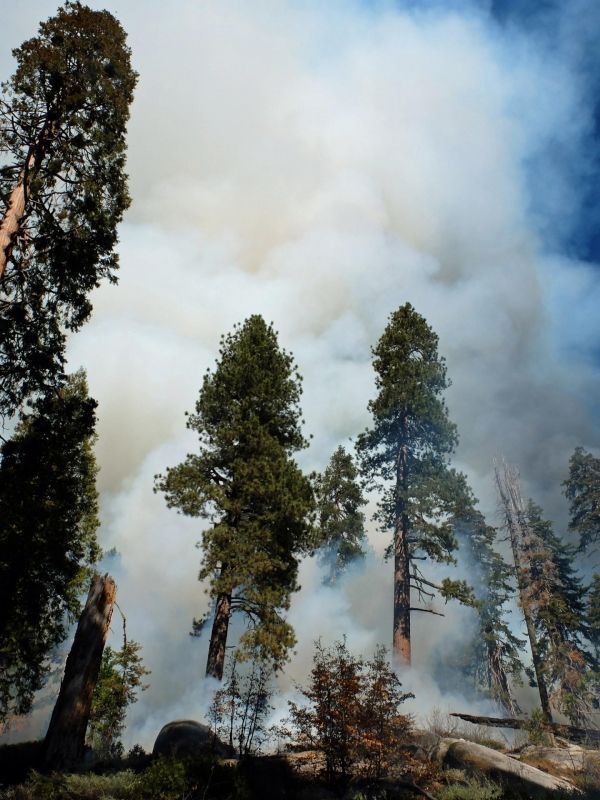Climate change and wildfire – It’s a combustible mix with costly devastation and deadly consequences. With a goal of understanding the link between the two variables, researchers over the years have studied the effects of climate and wildfire interactions in the Sierra Nevada mountain range. That research has evolved into learning about the distribution of trees, the extent of forest cover and carbon dynamics.
However, most previous studies have looked at the relationship between climate change and area burned by wildfire as a result of climatic influences on wildfire. Fire is a self-limiting process influenced by productivity. Yet, many fire projections assume sufficient vegetation to support fire, with substantial implications for carbon dynamics and emissions.
Climate influences vegetation directly and through climate-mediated disturbance processes, such as wildfire. Typically, the amount of area burned and temperature are positively associated based on the availability of vegetation to burn. The interaction with vegetation, which provides the fuel for the fire to burn, hasn’t been studied in depth.
Read more at University of New Mexico
Image: Smoke produced by Upper Plot burn. (Credit: Malcolm North)


